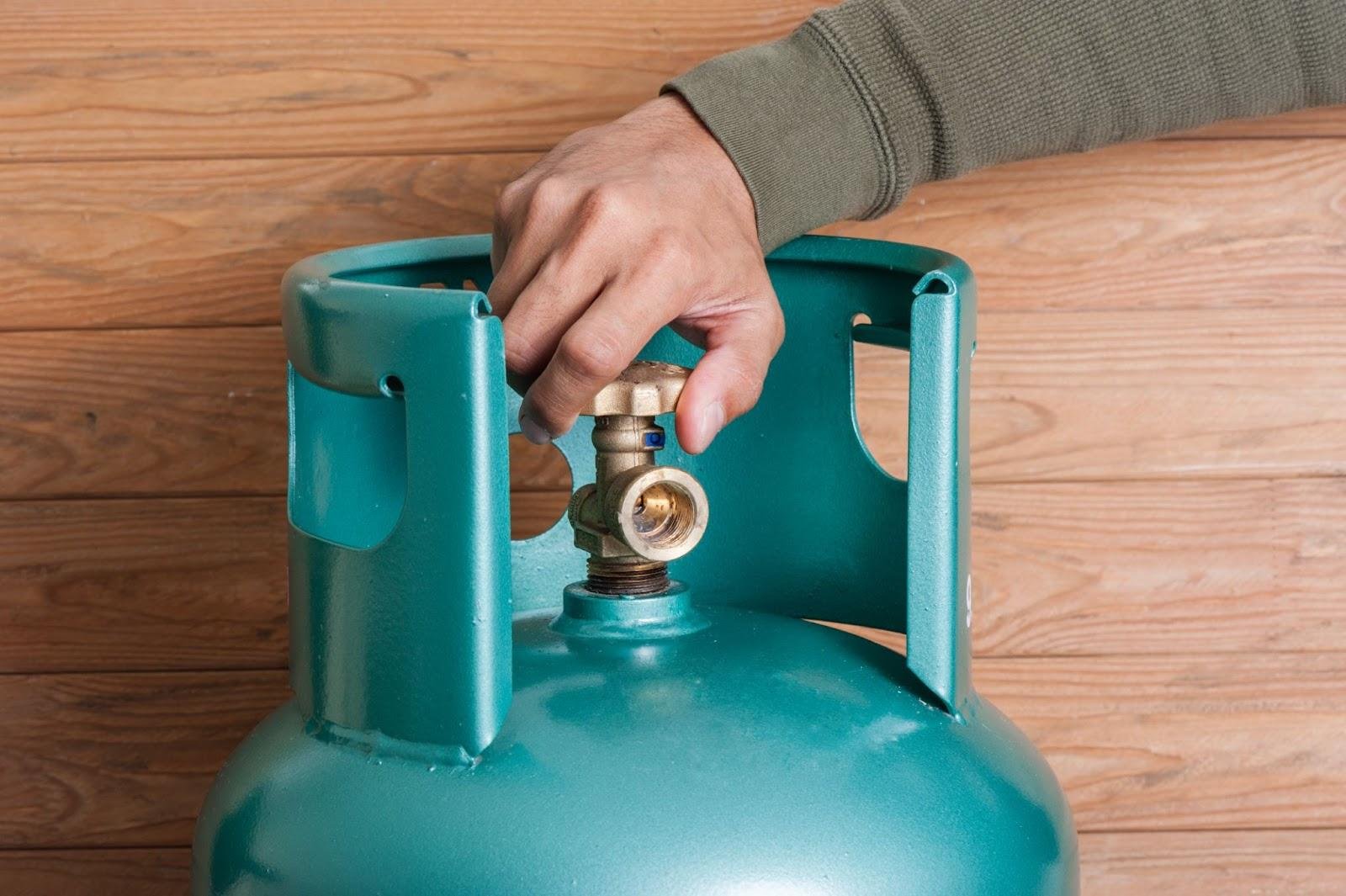
Changing a gas bottle might sound daunting, but it’s quite a straightforward task once you know the steps. Whether you’re a seasoned BBQ enthusiast or just switching the bottle on your patio heater, this guide will have you set up in no time. Here’s a step-by-step process for changing your gas bottle safely and with confidence, including tips for handling gas bottles in the Australian climate and a few safety reminders.
1. Gather Your Equipment and Find a Safe Location
Before you even touch your gas bottle, make sure you’re set up for success:
- Safety gloves and eyewear: While gas bottles are generally safe, protecting yourself in case of a leak doesn’t hurt.
- Check your surroundings: Changing a gas bottle should be done outdoors or in a well-ventilated area. Avoid enclosed spaces; if you’re outside, ensure the area is clear of flames, smoking, and sparks.
Take a minute to ensure everything is clear and that you have enough room to maneuver the bottle safely.
2. Turn Off the Gas Supply
Next, ensure the gas is completely off. Locate the valve atop the gas bottle and turn it clockwise (righty-tighty) to shut it off. It’s good practice to turn off the appliance to which the bottle is connected as well. By fully shutting everything down, you’ll avoid sneaky leaks or surprises when disconnecting things.
Expert Tip: Some Aussies like to give the valve a “double check,” turning it off and then trying to turn it a bit more to ensure it’s fully closed.
3. Disconnect the Regulator
Once the gas is off, it’s time to disconnect the regulator – that’s the part attached to the top of the bottle that controls the gas flow:
- Loosen the regulator: Hold the regulator with one hand while twisting it counterclockwise with the other to loosen it.
- Lift off carefully: Once it’s loosened, gently lift it off the valve, not forcing anything.
This part might feel tricky initially, but a little twist and patience go a long way. Just be sure not to use tools to tighten or loosen, as over-tightening can damage the regulator.
4. Inspect the Regulator and Hoses
A quick check here can save you from a headache later:
- Check for any signs of wear or damage. Look closely at the regulator and hoses for cracks, loose fittings, or general wear. It might be worth replacing these components if you notice anything out of the ordinary.
- Sniff test: Even if it seems fine, take a moment to smell the regulator and hose. If you pick up any hint of gas odour, a replacement is the safest choice.
5. Position the New Bottle
With the old bottle out of the way, you’re ready to bring in the new one:
- Place the bottle upright and make sure it’s stable. Gas bottles are designed to stay upright, which helps prevent leaks and keeps the gas flowing correctly.
- Secure it in place if necessary, especially if it’s for a fixed appliance like a BBQ or heater.
Many Australians like to store their gas bottles in a safe, shaded area when not in use, especially given the strong Australian sun, which can heat the bottle if left exposed.
6. Attach the Regulator to the New Bottle
This step can feel a bit fiddly, but with a steady hand, you’ll have it done in a minute:
- Align the regulator with the valve on top of the new bottle.
- The best approach is to twist it clockwise to secure it but avoid overtightening – firm but not forced.
Pro Tip: If your hands slip, gloves can help you get a solid grip on the regulator.
7. Check for Leaks
Now, for an important step, make sure there are no leaks. Here’s an easy way to test for gas leaks:
- Grab some soapy water: Mix a small amount of dish soap with water in a spray bottle or bowl.
- Spray or dab the solution around the connection between the bottle and the regulator.
- Watch for bubbles: If you see any bubbles forming, that’s a sign of a leak. Turn off the gas immediately, check your connections, and repeat the process if needed.
If you spot any persistent leaks, it’s best to consult a professional or check for replacement parts. If you’re in the Brisbane area, it might even be worth visiting plusgas.com.au for resources or assistance.
8. Test Your Appliance
Once you’re confident there are no leaks, it’s time to test everything:
- Turn on the gas slowly: Open the valve on the new bottle, twisting counterclockwise. Start slowly, listening for any odd hissing sounds.
- Test the appliance: Light it up according to the manufacturer’s instructions and monitor the flame or heat output to ensure smooth operation.
- Safety Reminder: If you smell gas during this process, turn everything off immediately and ventilate the area before troubleshooting.
9. Store Any Extra Bottles Safely
Proper storage is key to safety if you’re using more than one gas bottle. Here are some quick tips:
- Store upright: Gas bottles should always be kept upright, reducing the risk of leaks and keeping the gas in the right part of the bottle.
- Keep in a cool, dry place: Avoid areas exposed to direct sunlight for extended periods. Brisbane’s heat can be fierce, so a shady outside is ideal.
10. Dispose of the Old Bottle Properly
If the bottle you’re replacing is empty, it’s important to dispose of it responsibly. Most councils in Australia offer disposal or recycling options for old gas bottles, so it’s worth checking with your local waste management service.
Following these simple steps, you can safely and efficiently change your gas bottle. And remember, if you have any questions or concerns, don’t hesitate to contact Plus Gas. Gas bottle maintenance is a small task that can make a big difference in keeping your home running smoothly and safely.





